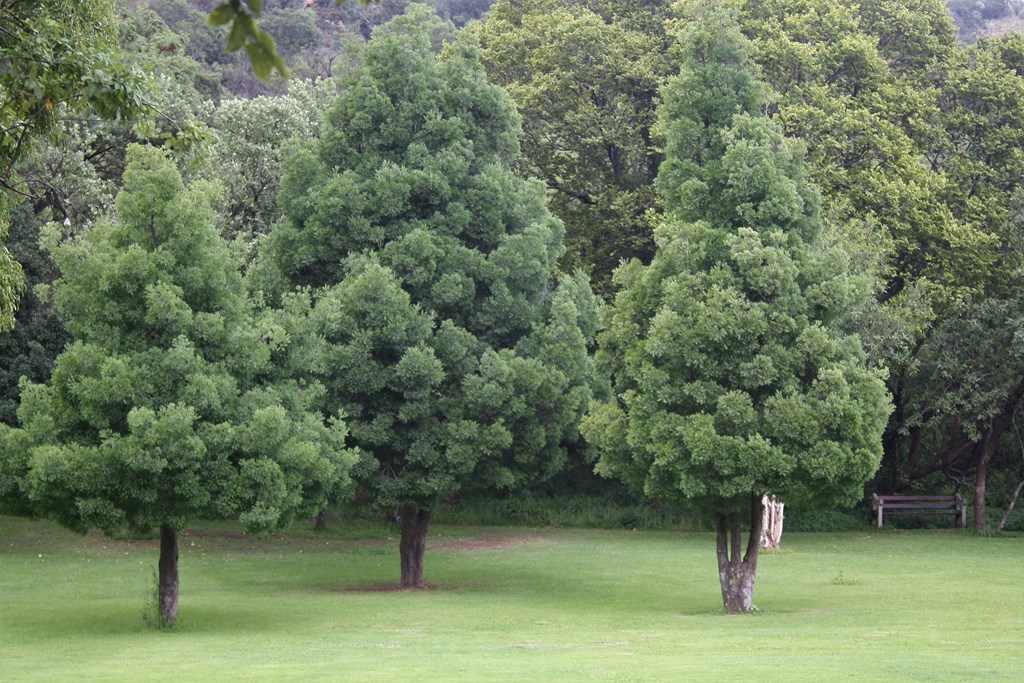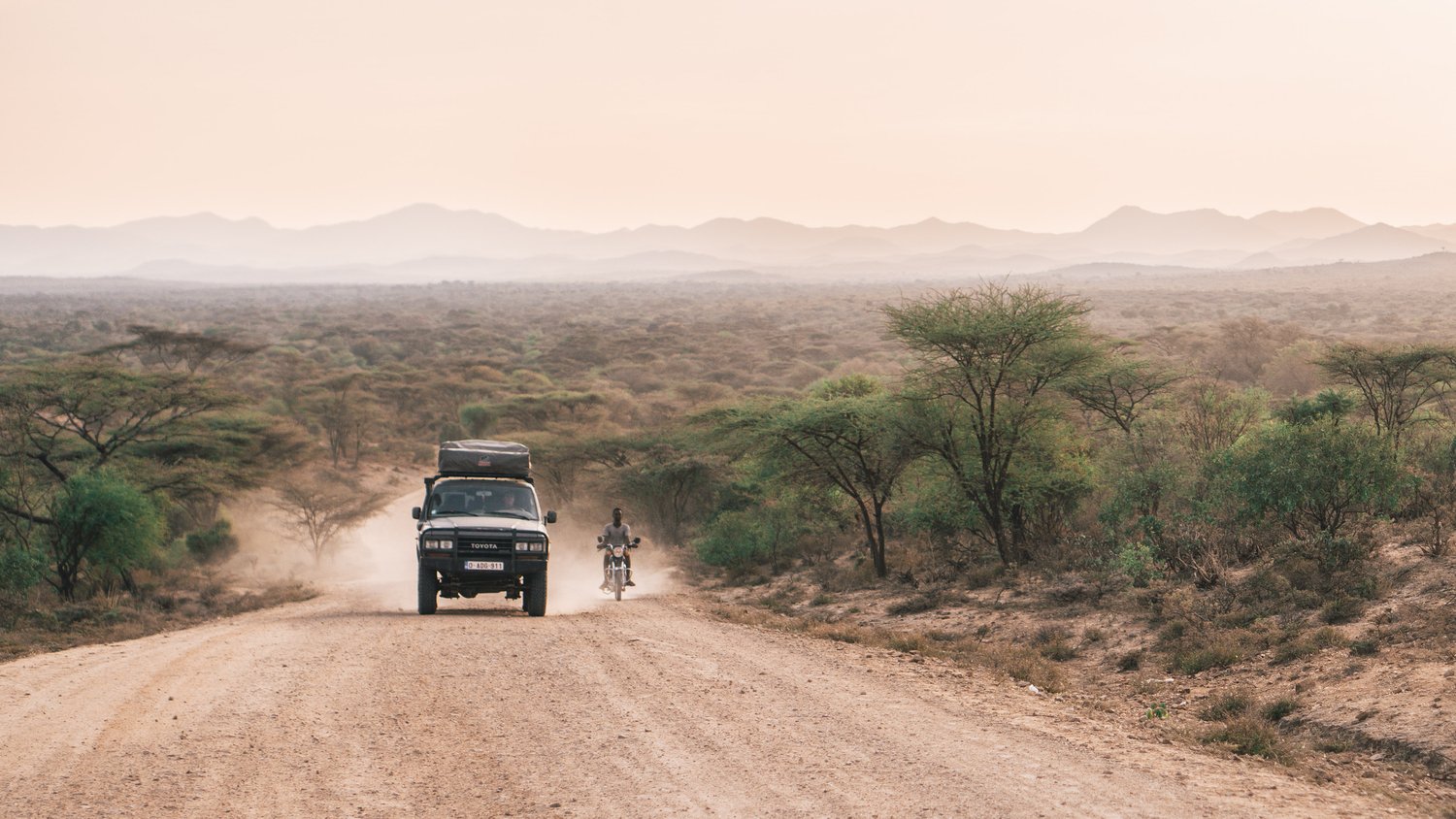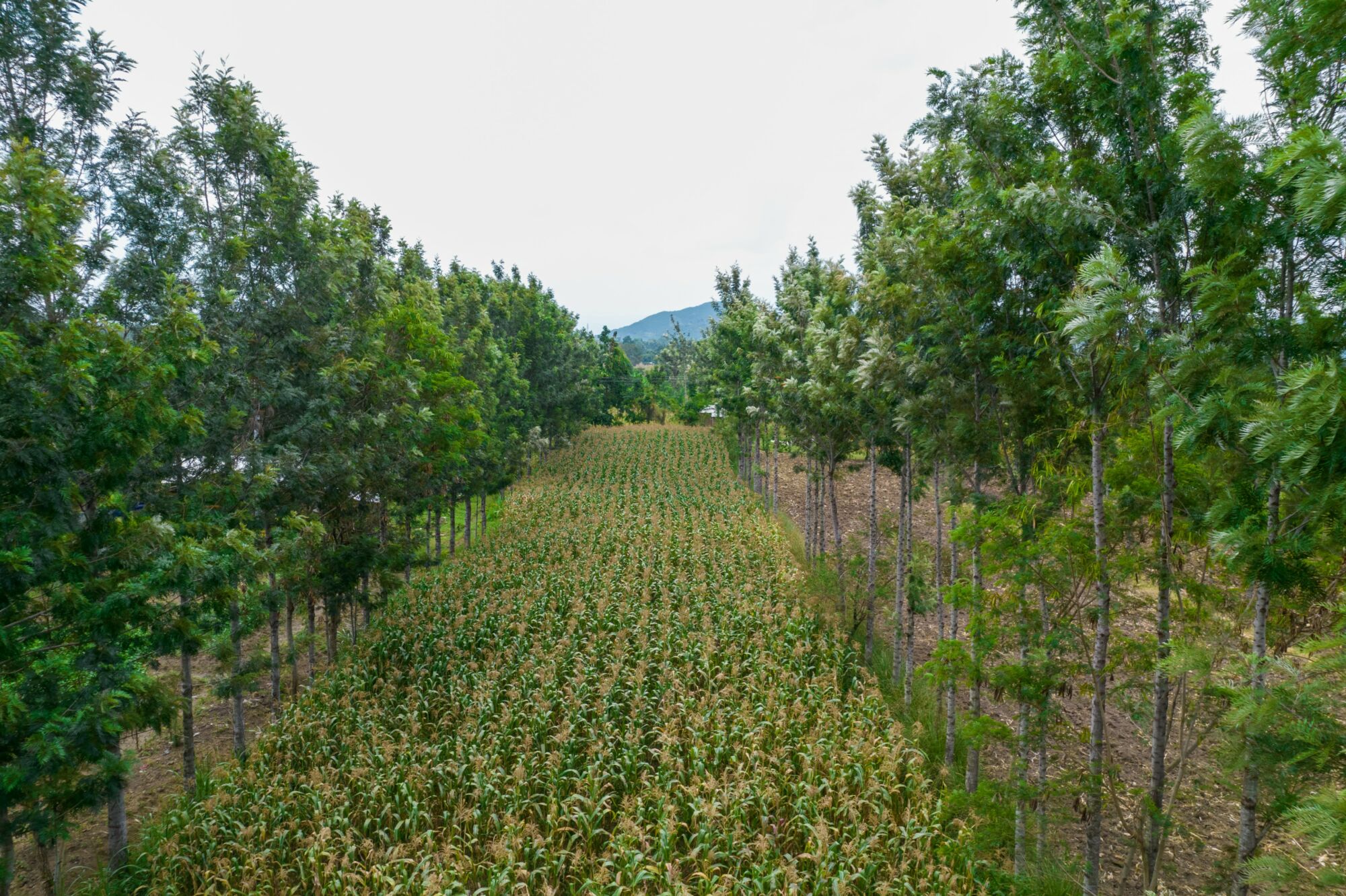- The Kenyan Yellowwood is more than just an iconic tree of Kenya’s highland forests—it is vital in the fight against climate change.
Can a single tree make a difference in combating climate change? The Kenyan Yellowwood (Podocarpus falcatus) might have the answer.
The Kenyan yellowwood, just as the name suggests, is an evergreen tree with large yellow flowers native to Kenya’s highland forests. This majestic tree is not only a symbol of biodiversity but also a crucial player in environmental resilience.
Yellowwood obtains its name from its yellow heartwood, which is used in small amounts for specialist furniture, gunstocks and decorative woodturning. This plant has been marked as a pollinator, supporting and attracting bees and butterflies.
The Kenyan Yellowwood is more than just an iconic tree of Kenya’s highland forests—it is vital in the fight against climate change. Native to the montane forests of central and western Kenya, this evergreen species thrives in cool, moist environments that are increasingly threatened by rising temperatures as well as shifting rainfall patterns.
Yellowwood trees play a critical role in carbon sequestration. Their dense canopies absorb carbon dioxide from the atmosphere, mitigating the impacts of climate change. They also provide habitat for wildlife, maintaining biodiversity.
Read More
Additionally, Yellowwood trees contribute to soil stabilization by preventing soil erosion in mountainous areas which are prone to landslides.
Yellowwoods also maintain soil health and water retention.
However, the species faces growing threats from deforestation, illegal logging, and habitat loss. Protecting Yellowwood forests is important for safeguarding the ecological services they provide.
Conserving and expanding these forests will help mitigate carbon emissions and build resilience against the environmental challenges Kenya faces in the coming decades.







